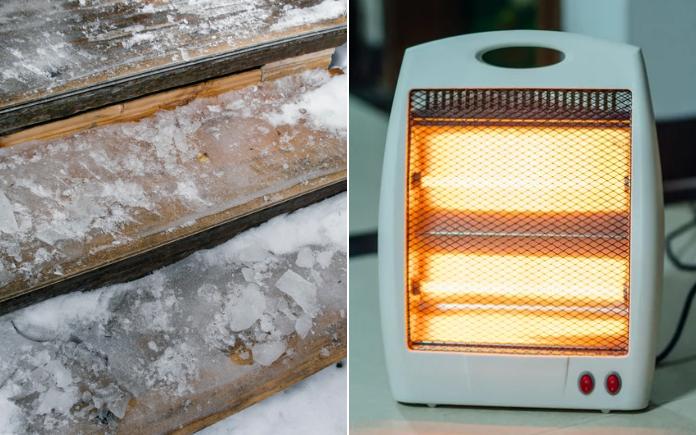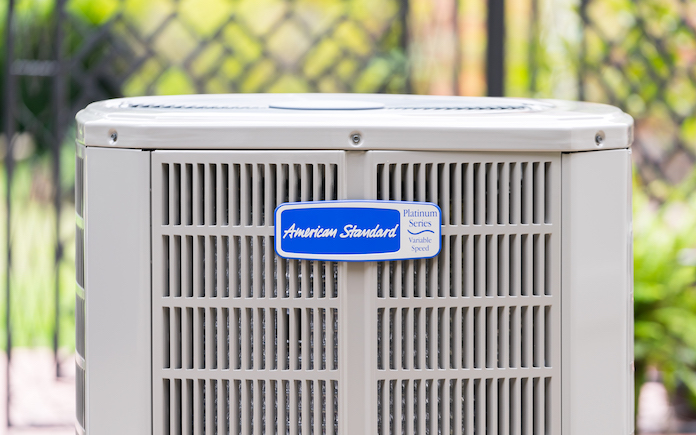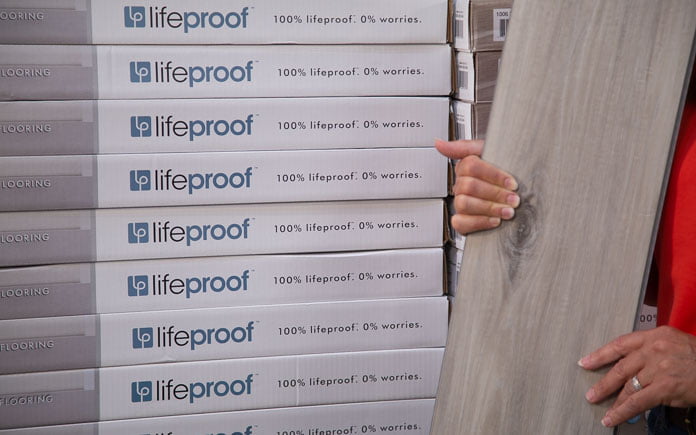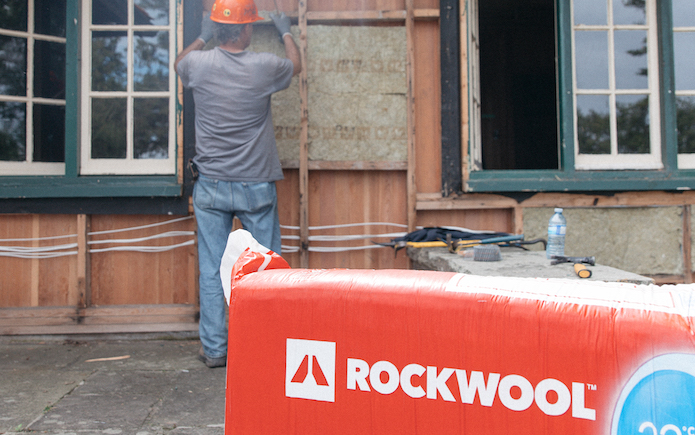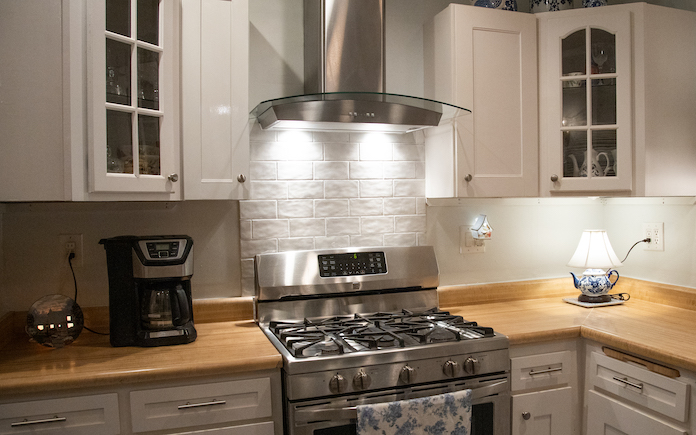Today’s Homeowner Radio Show Podcast | November 12, 2022
This week, hear our advice for preventing slips on ice and space heater safety tips. (victorass88/-aniaostudio-, Getty Images) Hour 1 Listen to hear our space heater safety tips, advice for preventing slips on ice, how to fill in a gravel pothole, and more. Space Heater Safety Tips Never leave a space heater running unattended or … Read more

